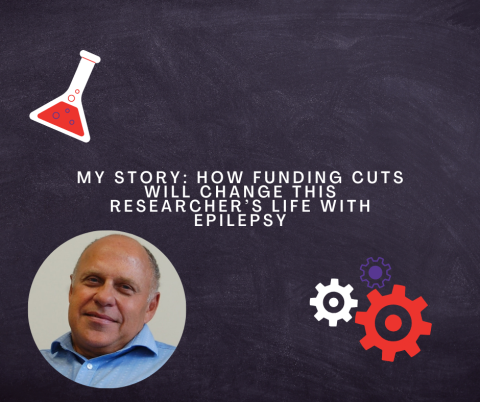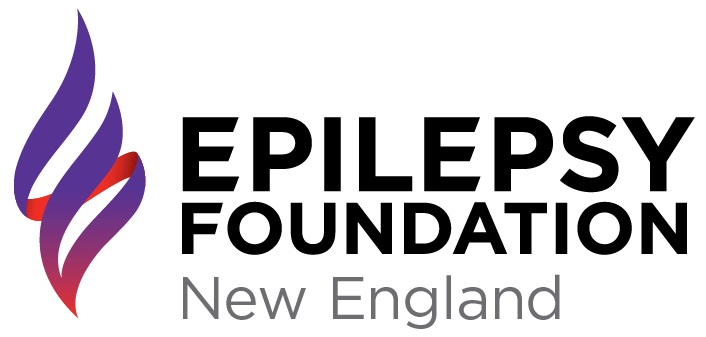My Story: How Funding Cuts Will Change This Researcher’s Life with Epilepsy

Draconian cuts in NIH funding will have a lasting impact on clinical care.
The National Institutes of Health (NIH), has announced dramatic cuts to all research funding that will dismantle biomedical research overnight.
Biomedical research is the bedrock of clinical breakthroughs that improve the health and clinical care of patients. Without research new drugs do not get developed. While I focus on epilepsy, as a scientist who suffers from this disability, the arguments I make are germane to all aspects of human health.
The proposed changes (see next paragraph) would cause seismic alterations in how research is performed. Universities would have to be highly selective in which areas they could afford to invest in because the university would have to foot the majority of the bill which they are ill-equipped to do. In my 46 years of research, I have never witnessed such a dramatic challenge to the USA priorities: dramatic in speed (overnight), in magnitude, and in the far reaching consequences for patient care.
How are NIH funds used at universities?
Funds from the NIH are allocated in two general categories: direct costs, which fund items such as research supplies (pipettes and chemicals as examples) as well as salaries of the scientists who perform the research; and overheads, or indirect costs, which contribute to institutional costs to support the research. The overhead costs are being cut to 15% of the direct research costs regardless of actual expense. The actual cost is far in excess of 15%.
Overhead costs include utilities to power laboratories, lab rental, security, and the staff funding needed to comply with the vast list of regulatory mandates that the federal government requires. Overheads are not unconstrained; they are periodically negotiated between each university and the federal government based on actual costs at each institution.
What is being cut?
On Friday February 7th 2025 the NIH announced that indirect costs (overheads) would be set at 15% of the direct research costs, regardless of actual expense. The actual expense is far in excess of 15% (some hospitals reporting close to 65%). The legality of this action is in question and is currently being fought in the courts.
If the blanket 15% were sustained, research would collapse because institutions do not have the funds to support the research. You may ask, why don’t the endowments take care of overhead costs? When a donor provides a gift to a university it is ear-marked, under contract, for specific objectives. It is not possible to change how those funds are spent.
One-third of those with epilepsy are not medically controlled. Research drives breakthroughs that are needed to develop the next treatments. If you would like to help find new effective treatments you need to be vocal.
Contact your representatives and senators and tell them how important research is.
Philip G Haydon, Ph.D is president of Sail For Epilepsy and is the Annetta and Gustav Professor of Neuroscience at Tufts University School of Medicine. He is an internationally recognized neuroscientist who also has a disability, epilepsy. Dr. Haydon serves on the Board of Directors for Epilepsy Foundation New England.
